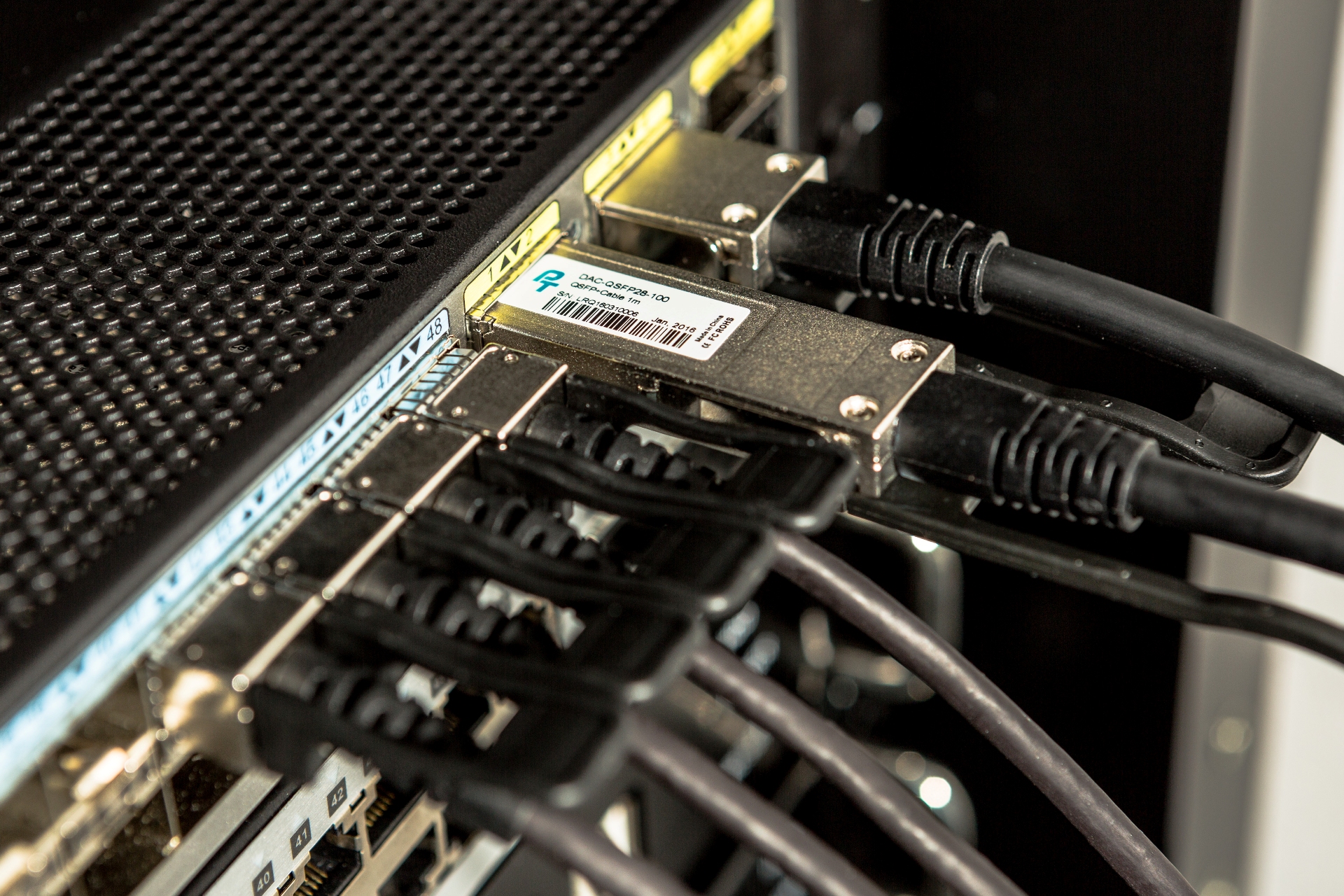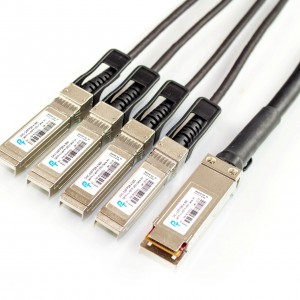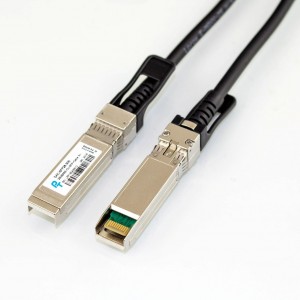
Last year Facebook and LinkedIn, following the moves of other hyperscale data center operators, decided to design their own data center networking switch and replaced off-the-shelf switches with 100G ports. They felt that off-the-shelf switch vendors, such as Cisco and Juniper, were unable to meet their requirements in high bandwidth, high availability, and rapid deployment. As a result, for example, LinkedIn came up with its first in-house developed 100G data center switch called Pigeon, which includes 32 x 100G ports. It plans to roll out at scale in its upcoming data center in Hillsboro, Oregon.
“2016 is poised to be a breakout year for 100G technologies as coherent 100G ports ramp in metro networks, and companies such as Google, Microsoft and Amazon introduce 100G Ethernet switching technology into their massive hyperscale data centers,” according to the IHS research director for carrier transport networking Andrew Schmitt. In the report IHS Infonetics Networking Ports: 1G, 2.5G, 10G, 40G, 100G: Biannual Market Size and Forecasts, September 2015, the port shipments of 1G/2.5G/10G/40G/100G are expected to exceed 700 million ports and totaled USD $45B. As the QSFP-based 100G technology is becoming more widely available, enterprise and data center demands are anticipated to shift from 40G to 100G starting as early as in 2017. IHS forecasts worldwide 100G port revenue to grow at a 137% compound annual growth rate (CAGR) from 2014 to 2019.
In another market research report from IHS, Infonetics SAN and Converged Data Center Network Equipment, Cliff Grossner, Ph.D., research director for data center, cloud and SDN at IHS commented, “With its higher bandwidth, the 25/100GE architecture is attractive to large cloud service providers and enterprises looking to migrate from 10GE switching and server connectivity to 100GE switching and 25GE server connectivity in the data center.”
Today many major data centers use 10G for connectivity from their servers to their top-of-rack switches. As servers become more powerful and more data need to be processed, these connections are expected to be outgrown in the very near future. 40G is not a cost effective and power efficient solution, and 25G is the answer to this upcoming challenge. In a presentation the IEEE used in its newly formed 25 GbE Study Group, engineers figured that it would take 3,572 40G top-of-rack switches to support a data center of 100,000 servers and 100% port utilization. 25G would require less than a third of that: 1,042 top-of-rack switches.
To meet these growing trends in 25G & 100G Ethernet connectivity in data centers, we have launched 3 new Rapide™ direct attach copper (DAC) cable series:
They are ideal for connections within data center racks and interconnections between adjacent switches and routers.
Just like our existing 10G & 40G Rapide DAC Cables, they have the similar electrical and physical characteristics:
- Excellent signal integrity and extremely low insertion loss due to the unique gas- injected skin-form skin dielectric technology of balanced and unbalanced mode conversion
- Smallest outer diameter (OD) and bend radius
- Smallest die-cast backshell
- Positive latching and robust pull tab for smooth and robust engagement and disengagement
- 360° EMC crimp ring for full EMI shielding
All of our DAC cables provide custom options including custom lengths at 0.25M increments and labeling. Check out our product listings or contact us today for product samples and volume pricing.



